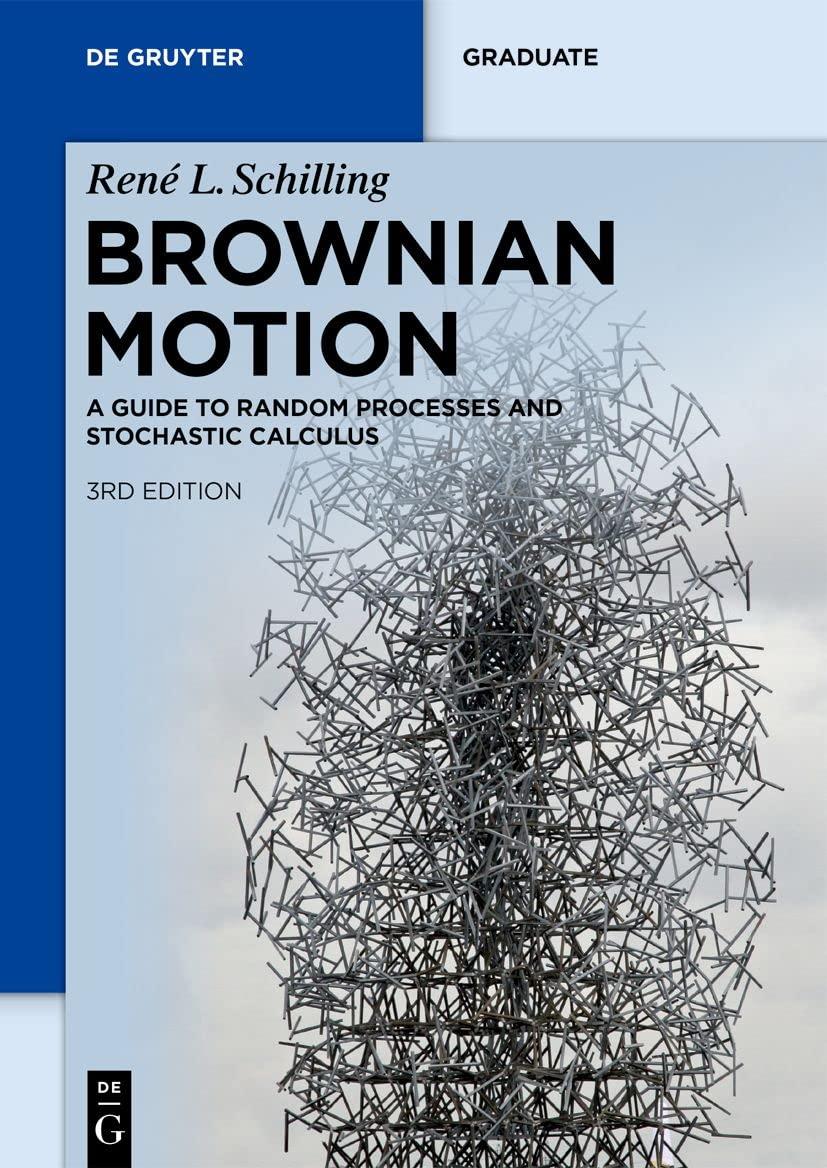Let (left(I_{t}, mathscr{F}_{t}ight)_{t geqslant 0}) be a continuous adapted process with values in ([0, infty)) and a.s.
Question:
Let \(\left(I_{t}, \mathscr{F}_{t}ight)_{t \geqslant 0}\) be a continuous adapted process with values in \([0, \infty)\) and a.s. increasing sample paths. Set for \(u \geqslant 0\)
\[\sigma_{u}(\omega):=\inf \left\{t \geqslant 0: I_{t}(\omega)>uight\} \quad \text { and } \quad \tau_{u}(\omega):=\inf \left\{t \geqslant 0: I_{t}(\omega) \geqslant uight\}\]
Show that
a) \(\sigma_{u} \geqslant t \Longleftrightarrow I_{t} \leqslant u\) and \(\tau_{u}>t \Longleftrightarrow I_{t} b) \(\tau_{u}\) is an \(\mathscr{F}_{t}\) stopping time and \(\sigma_{u}\) is an \(\mathscr{F}_{t+}\) stopping time.
Fantastic news! We've Found the answer you've been seeking!
Step by Step Answer:
Related Book For 

Brownian Motion A Guide To Random Processes And Stochastic Calculus De Gruyter Textbook
ISBN: 9783110741254
3rd Edition
Authors: René L. Schilling, Björn Böttcher
Question Posted:





